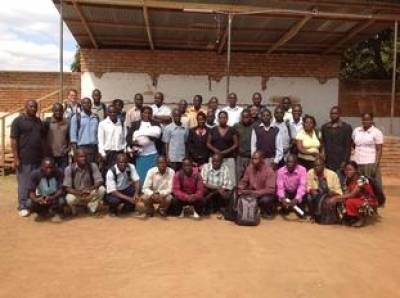
Project Summary
Pneumonia is the second leading cause of death amongst children globally, with the highest burden in Africa. Early identification of children at risk of treatment failure in the community, and prompt referral could lower mortality. A number of clinical markers have been independently associated with oral antibiotic failure in childhood pneumonia. This study aimed to develop a prognostic model for fast-breathing pneumonia treatment failure in sub-Saharan Africa.
We prospectively followed a cohort of children (2-59 months), diagnosed by community health workers (CHWs) with fast-breathing pneumonia using World Health Organisation integrated community case management guidelines. Cases were followed at days 5 and 14 by study data collectors, who assessed a range of pre-determined clinical features for treatment outcome. We built the prognostic model using eight pre-defined parameters, using multivariable logistic regression, validated through bootstrapping.
We assessed 1,542 cases of which 769 were included (32% ineligible; 19% defaulted). The treatment failure rate was 15% at day 5 and relapse was 4% at day 14. Concurrent malaria diagnosis (OR: 1.62; 95% CI: 1.06, 2.47) and moderate malnutrition (OR: 1.88; 95% CI: 1.09, 3.26) were associated with treatment failure. The model demonstrated poor calibration and discrimination (c-statistic: 0.56).
This study suggests that it may be difficult to reliably predict treatment failure using clinical markers alone among children with WHO fast-breathing pneumonia prescribed co-trimoxazole, although malaria and moderate malnutrition were important risk factors. Further work is needed to identify more accurate and reliable referral algorithms for use by CWHs.
 Close
Close

